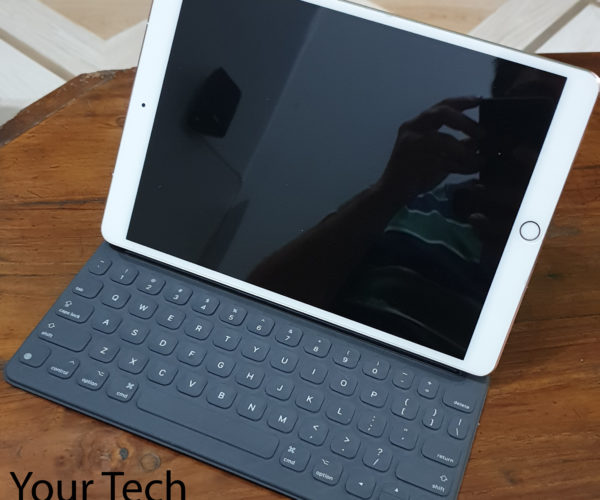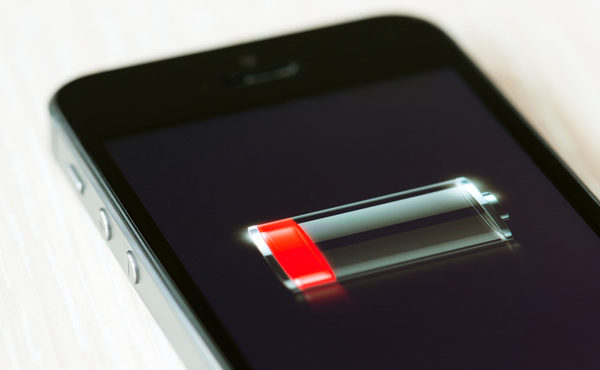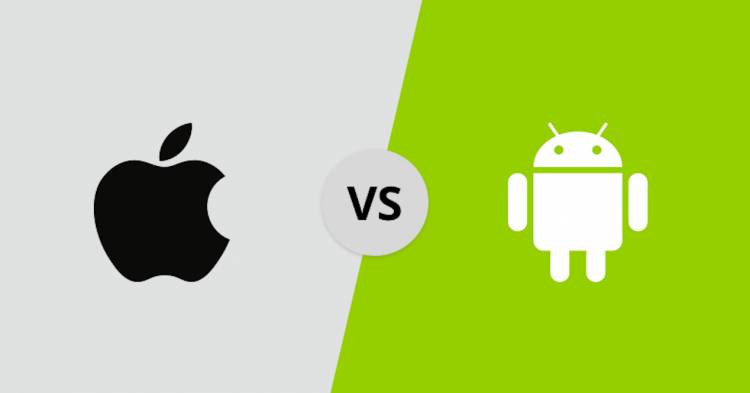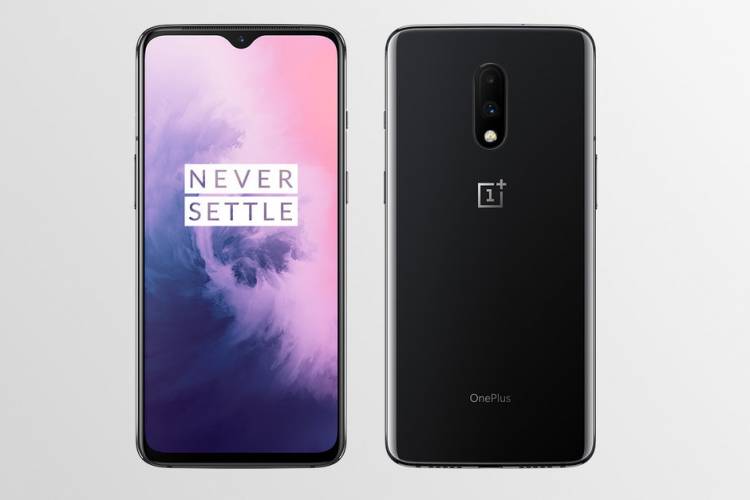We all remember the days when Nokia was the market leader in the feature phone market. I still remember the first phone that I’d used was a Nokia 1100. In my opinion, those days were so simpler, with just a couple of phones to choose from, and mostly from a single brand.
But, then Steve Jobs released the iPhone in 2007. Smartphones became a craze overnight. In India though, feature phones were still the name of the game, but that too was going to change.
When smartphones did manage to come to India, Nokia was unable to keep up with the demand for the devices and soon gave way to other companies. Till then, companies like Micromax, Lava, Gionee, Intex, and Lava were managing the distribution networks for Nokia. The smartphone revolution was accompanied by a similar revolution in India. The local companies began thinking about selling smartphones on their own.
But there was a subtle difference between the Indian brand and the ones like Nokia or Samsung, the Indian brands did not make their own phones. You would ask, then how did they sell phones? Simple, they bought phones made by Chinese ODMs (Original Design Manufacturers) and then simply rebranded and sold them. This strategy is called White Labelling.
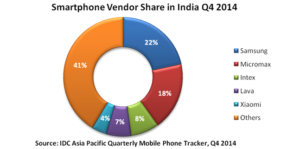 There were mainly two advantages to using the ODMs against manufacturing own phones.
There were mainly two advantages to using the ODMs against manufacturing own phones.
One, the Chinese ODMS were able to manufacture phones at an extremely low price, well below the prices of the western brands. This enabled the Indian brands to keep the price of the final devices low, while still keeping the margins high.
Second, the Chinese suppliers were able to release phones at a much faster rate than other companies. While brands like Apple, Nokia, and Samsung took nearly a year to conceptualize, design, and produce and device, the Indian brands could release new smartphones as early as within a month or two.
This led to huge growth in the market share for the Indian companies. Within a few years, these brands became the leaders in the Indian market. I still remember when the top-5 smartphone brands were all Indian: Micromax, Gionee, Karbonn, Lava, and Intex. But this success was short lived. I’ll explain why:
Lack of original product design
One big problem with importing devices from other ODMs was that you had no control over the design of the device. Adding to that, all the phones that were sold by various brand in India had more or less the same design. There were absolutely no differentiating points between devices sold by different brands.
The similarity was not only limited to the design of the phones, even the specs of the phones were identical among different brands. This eventually led to the buyer become tired with the same boring designs.
Lack of product people in managemnt
One thing that was common to most of the Indian smartphone brands was that they were led by people with expertise in marketing and logistics. These people knew how to market and distribute a device, but they did not know how the devices should be made keeping the customer in mind. The management also did not devote enough time and resources in proper Research and Development facilities, so as to make their own phones.

Entering the 4G era
Till 2015, most of the smartphones sold in India were still based on the 3G internet, while all over the world, 4G was the mainstay. Indian brands had anticipated that 4G would take a lot of time to be properly introduces in India. Then came Reliance Jio. With its free 4G internet offer, Jio made Indians rush to the retail stores in search of devices with which to use their free data. While, the Indian brands were still on 3G, the Chinese ones started to launch their own 4G-capable smartphones in India. These Chinese brands were the same companies that were the ODMs for the Indian brands. Being the ODMs, these companies knew what the Indian pone buyer needed and they provided just that, a budget smartphone that had good specs.
Shift to E-commerce marketing
When coming to India, the Chinese brands decided to sell their devices exclusively on online E-commerce sites. This enabled them to keep the logistics and distribution costs at the minimum, and thus they could competitively price their phones. While the Indian companies were still stuck with their brick and mortar stores.
Another thing that the Chinese brand were extremely good at was marketing their phones. They had roped in Bollywood celebrities to do brand endorsements of their devices. Oppo and Vivo took things one step further. They started to pay retailers in Tier-2 and 3 cities up to Rs. 40,000 just to use their brands in their stores. While the Indian players spent around Rs. 500 per customer accusation, the chinses payed almost 12 times at Rs. 7,000 per customer accusation.
Vivo even became the title sponsor for the Indian Premier League for 5 year by spending Rs. 2,199 crores. They spent more than Rs. 400 crores per year on IPL branding alone, which was double the total marketing budget of Micromax.
Adapting to India
One thing the Chinese brand did very well was to adjust their logistics and retail strategies to better suit the Indian market. They also took very key part in the Make in India initiative. This not only led them to establish local manufacturing facilities, but alos allowed them to enjoy the tax incentives given by the government. Samsung, for example, in June this year, had spent Rs. 5,000 crores on establishing the world’s largest manufacturing factory at Noida, India. This is while most of the Indian brands don’t have any in-house production facilities.
In Q2 2017, Samsung stood as the market leader at 24%, followed by Xiaomi at 17%, Vivo at 13%, Oppo at 8%, and Lenovo at 7%.
There is still time for the Indian companies to do the right course corrections. Otherwise, the Chinese brands would retain their top spots.
Other Posts
Bose QuiteComfort 35 ii – old but still gold
The Bose QuiteComfort 35 ii had one of the best designs that I’ve seen I headphones. The design looks simple, though very elegant. The headphones definitely get the Bose DNA. ...
![]()


